A few years ago, The Hewlett Foundation ramped up to take on neoliberalism. The foundation approved 10 million dollars in exploratory funding during 2018, to undertake a project of what they referred to informally as “rethinking political economy”. Hewlett’s initial scope for this exploration focused mostly on the philosophical and academic underpinnings of economics, finance and the eventual forms of governance that have now become an orthodoxy across the globe. Simply stated, neoliberalism is the complete and total surrender to the logic of markets in every aspect of our lives, even philanthropy has been reconfigured in the wake of this surrender.
A bold move and a refreshing line of exploration for Hewlett, given the stifling effects of neoliberalism in our world today. The deepening of racialized inequality throughout the Covid-19 pandemic, the fractured response of state and national governments to this serious health threat, and the demands by some to “get back to work” as opposed to an expanded social safety net, offer cumulative evidence of the neoliberal regime we have lived under for decades.
Every aspect of our lives, even our sense of self as political subjects has been reconfigured in the wake of neoliberalism. We are no longer citizens but human capital, working to improve our lot in the market to wins some semblance of health care, retirement and full-time employment. Political scientist Wendy Brown describes this totalizing effect of neoliberalism on our lives as a complete transformation of human beings into assets, and governments into the managers of such assets. Neoliberal logic erases our sense of citizenship and replaces it with a shiny veneer of instrumentalism--each of us now asking how much am I worth, how can I offer the best return on those that invest in me? The language of neoliberalism finds close cousins in the values it perpetuates: investment, choice, markets, competition, managed risk, self-interest. Neither modern day Republicans or Democrats, for that matter, can operate without neoliberal values at their side.
Under neoliberal logic, human needs, relations and duties have all been forgotten and selflessness is no longer allowed to enter the playing field of modern-day democracies. This poses an interesting dilemma for philanthropy, and institutional philanthropy in particular. Neoliberalism monetizes selflessness, it monetizes the human desire to help, to assist and to give back. This explains, in part, why outcomes and metrics drive so much of contemporary philanthropy. The reality is that after several decades of funding innovations, disruptors and third ways, philanthropy has been quietly advancing the values of neoliberalism that have made this “political economy” so destructive to our lives. Even our current president has been anointed with the moniker of a “disruptor”, someone that now raises many an eyebrow among Silicon Valley philanthropists.
If Hewlett is going to take a real stab at this, I offer them some advice. Look not just at the intellectual origins and reconfigurations of ideas, but also at the ways in which neoliberalism has already made and remade philanthropy. The conservative Olin Foundation is a great case study in advancing ideas, as Larry Kramer and his colleague note in the original memorandum to the Hewlett board of directors. Olin's success was not just deft philanthropic strategy, but also catching the downwind of American tradition and nostalgia to propel an ethos of neoliberalism. This downwind coalesced with the ascendancy of social media, and has led many in American philanthropy to the mistaken belief that having "your voice heard", in and of itself, is the same as building democracy. Let us not forget that more voices have resulted in pushing more and more extreme government austerity measures and divisive political rhetoric—especially from the right. Neoliberal philanthropy has helped to widen the arena in which a great deal of new voices may now be heard, but it has not necessarily funded policy changes that would move us away from the dominance of neoliberalism.
More voice in the absence of structural change within society and our institutions only exacerbates neoliberalism’s penchant for creating disconnected human assets. In fact, a reluctance to address progressive, structural change may very well deepen neoliberalism’s hold on our culture, economy and society.
Finding solutions to public problems was once considered a hallmark of our nation, before the neoliberal shedding of public investment and the further curtailment of participatory democracy. If Hewlett continues to pursue their rethinking of neoliberal political economy, I'm all in, but please check your blind spots. Philanthropy already has a significant seat at the neoliberal table from which to "invest" in solutions, it is just not always clear who benefits most from such investments. An ethos of selflessness and the pursuit of greater equality is less welcome at the neoliberal table, and this is not by happenstance but by design. Let us hope that as Hewlett's efforts continue, we have a period of honest reconciliation over the neoliberal contradiction to unleash more philanthropy to solve public problems, while at the same time closing off democratic participation in our government, economy and community lives.

